If you’re looking for a cooperative game that swaps out traditional fighting for fast-paced teamwork and climbing challenges, PEAK is a must-play. Made by Tokyo-based studio Aggro Crab, this climbing game invites players to scale a foggy, dangerous mountain—alone or with friends. With its lifelike physics, team-based focus, and moving moments, PEAK changes what survival games can feel like. In this review, I’ll cover its best features, fun co-op moments, and a few areas where it could improve.
Overall Impressions
From the start at PEAK’s base camp, I could tell this wasn’t a regular co-op game. Climbing a huge, foggy mountain—on your own or with others—creates a mix of stress and reward that few co-op games pull off. What stood out most was how risky each move felt. One bad grip or wrong step could lead to a team wipe or an exciting save at the last second. Unlike most multiplayer games, PEAK leaves out combat and focuses on climbing, needing clear communication and strong awareness. It’s a fresh idea, though small bugs and design quirks can sometimes break the feeling of being in the world.
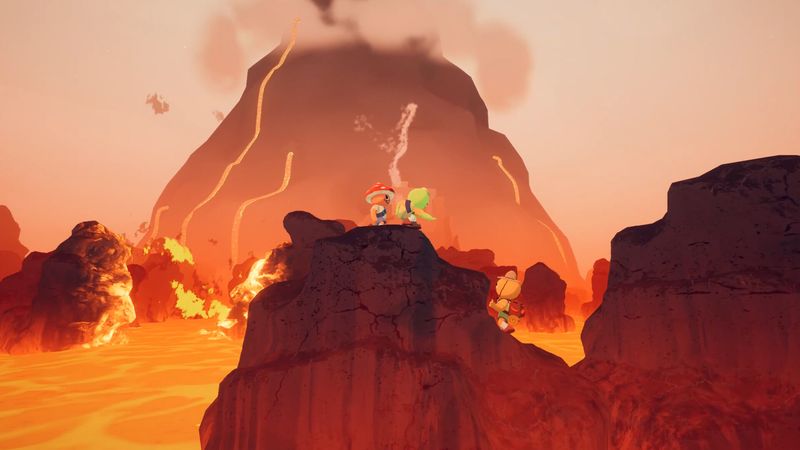
Gameplay Mechanics
At its heart, PEAK makes climbing feel real and intense. Its hand-over-hand system feels heavy and careful—you feel the effort with each reach and the relief when you hold on. The stamina bar makes you move smartly, draining with every action and turning rest stops into key planning spots. I liked the rope physics most, which move naturally and respond to tension, adding to the realism. Each move feels physical, helping you feel like you’re really climbing and improving with every step.
That said, PEAK has some issues, especially for solo players. Crashes—especially on AMD setups—stopped several of my climbs. Switching to DirectX 12 and an Nvidia host helped a lot. Solo mode is also very tough, and can feel too hard without help. Adding a difficulty setting or optional checkpoints would make things fairer without taking away the challenge. These problems don’t ruin the game, but they show the need for better balance and stronger stability.
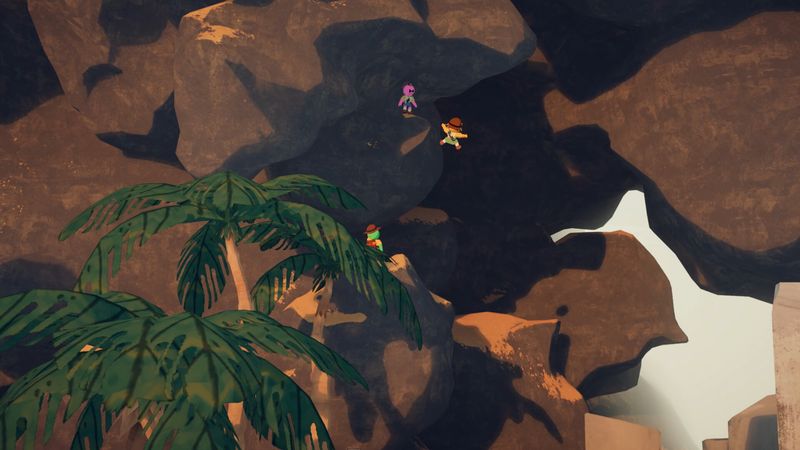
Moments to Remember
One of the most unforgettable sessions occurred when my team reached the final campfire as daylight began to fade. A single mist-shrouded ledge separated us from the summit, and we whispered directions with bated breath, coordinating each grip with care. In an almost cinematic moment, we helped one another to safety just as the sun pierced the clouds. It was a perfect encapsulation of PEAK at its best—where high-stakes teamwork creates truly memorable moments. These experiences linger long after the game ends and are the emotional high points that define the climb.
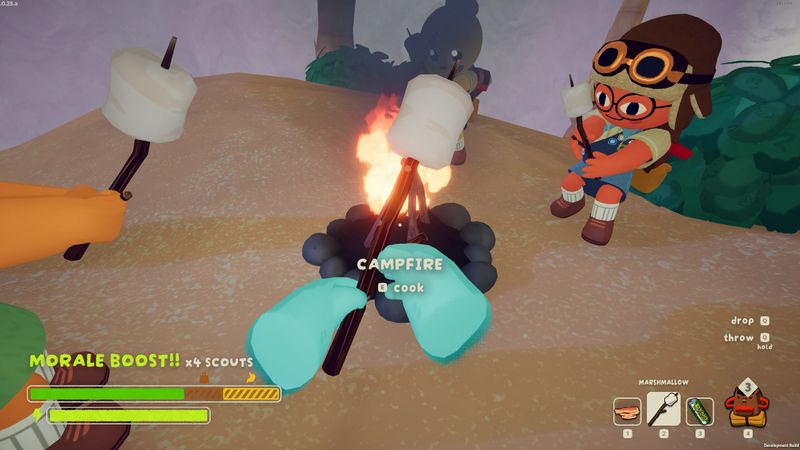
Story and Characters
PEAK offers a minimalist yet intriguing narrative. Players take on the role of nature scouts stranded on a mysterious island after a storm, piecing together its history through sparse journal entries and radio chatter. Instead of a heavy plotline, the game subtly reveals lore through abandoned research facilities and steel ruins buried in snow. This hands-off approach invites curiosity without overwhelming players with exposition. The setting becomes a quiet puzzle you solve over time.
Character depth emerges through gameplay rather than scripted dialogue. When a teammate falls, they return as a ghostly guide, capable of pointing out safe holds and hidden collectibles. This clever mechanic introduces emotional resonance and helps foster a spirit of collaboration. It transforms potential frustration into meaningful connection and adds personality without needing voice lines or cutscenes.
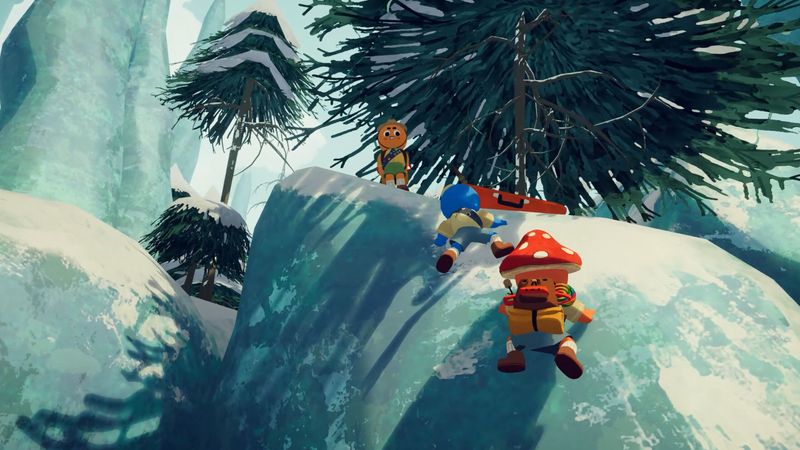
Visuals and Graphics
PEAK’s visual design strikes a graceful balance between realism and stylization. Rugged cliffs, dense pine forests, and swirling snowstorms are rendered beautifully from both ground-level and aerial perspectives. The mountain feels alive, constantly changing with the weather—from sun-drenched dawns to disorienting blizzards. Subtle environmental storytelling shines through in moss-covered carvings, sun-melted icicles, and the varied textures of rock and foliage. These touches encourage exploration and reward observant players.
Performance is solid on most modern systems. I experienced consistent frame rates throughout my runs, but some earlier reports mention stuttering on consoles and older PCs. Further optimization would help ensure a smoother experience for all players across platforms.
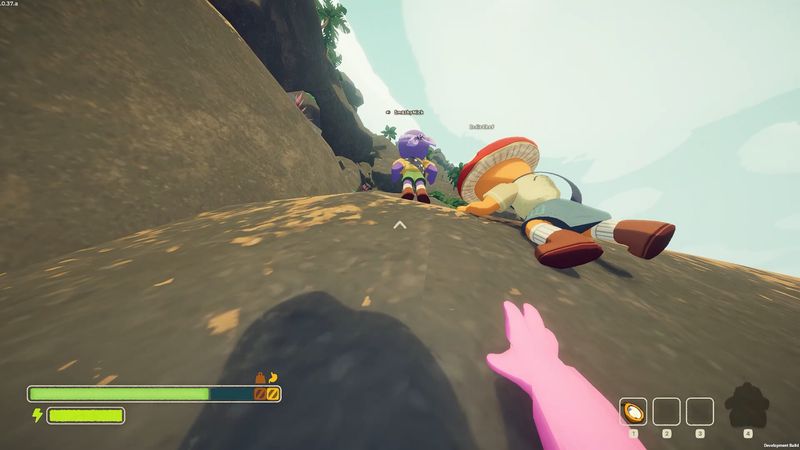
Sound and Music
Audio plays a vital role in PEAK’s immersive atmosphere. A minimalist, piano-driven score complements quiet exploration and intensifies moments of risk without becoming intrusive. Environmental sounds—like the whistle of wind, the groan of stressed ice, or the creak of climbing gear—sound authentic and enhance realism. These effects heighten tension and make every movement feel consequential.
Voice acting is limited to radio transmissions and brief scout recordings, but each message adds depth. These snippets often contain emotional echoes of past expeditions or tips that guide your route. During one quiet moment, I paused just to take in the sound of a crackling campfire. That detail perfectly illustrates how powerful and effective the sound design truly is.
Difficulty and Replayability
PEAK embraces its reputation as a “hard but fair” challenge. Every ascent tests your ability to plan, react, and communicate under pressure. Off-route paths contain collectibles like scout badges, photos, and expedition postcards that expand the lore and reward exploration. For completionists like me, it’s satisfying to see your perfect climbs and collectible progress tracked across multiple runs.
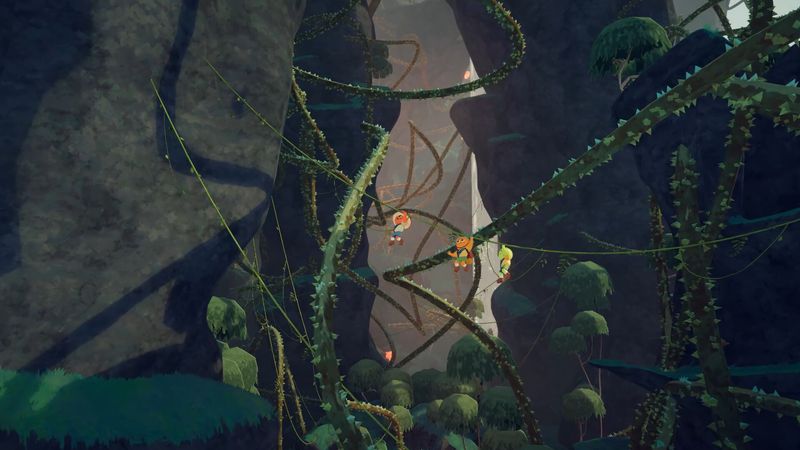
Replaying areas never feels redundant. Whether it’s conquering a tricky overhang or discovering a previously hidden cavern, each run offers new opportunities for growth. That said, the absence of mid-climb checkpoints can make solo play frustrating, especially after a single slip-up. Fortunately, Aggro Crab has responded to player feedback, announcing plans for optional checkpoint systems and new difficulty modes, which should significantly improve long-term engagement.
Developer Trivia and Behind the Scenes
Aggro Crab, the Tokyo-based studio behind PEAK, is best known for its commitment to physics-based gameplay. This title marks their first full dive into cooperative design, and it shows a clear passion for authenticity. According to a recent developer diary, many of the climbing animations were motion-captured by real mountaineers. The team also brought in a safety consultant to ensure accurate rope and harness behaviors, lending the game a grounded sense of realism.
Currently, a patch is in certification that addresses AMD crash issues and introduces new accessibility features. This dedication to post-launch support bodes well for PEAK’s future and highlights Aggro Crab’s responsiveness to its community.
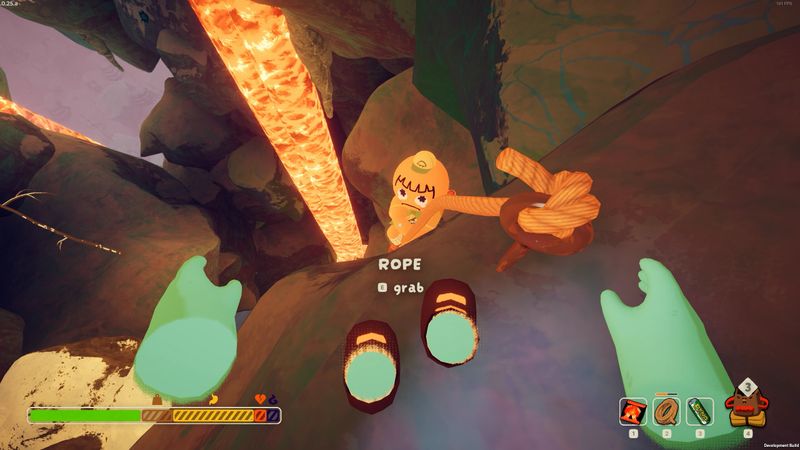
Final Thoughts
PEAK blends high-stakes climbing, authentic teamwork, and raw environmental tension into one unforgettable experience. Although occasional technical problems and a steep solo difficulty curve hold it back from perfection, its core gameplay shines brightly. Climbing each ledge, solving each obstacle, and saving your friends at the last second delivers a sense of accomplishment that few co-op games can match.
For completionists, there’s plenty to uncover—from hidden lore to timed ascents and challenge runs. Casual players, on the other hand, will find joy in simply making it to the next campfire. If you’re craving a cooperative game that trades combat for collaboration and spectacle for sincerity, PEAK is absolutely worth your time.
Rating: 4.5 out of 5 stars

